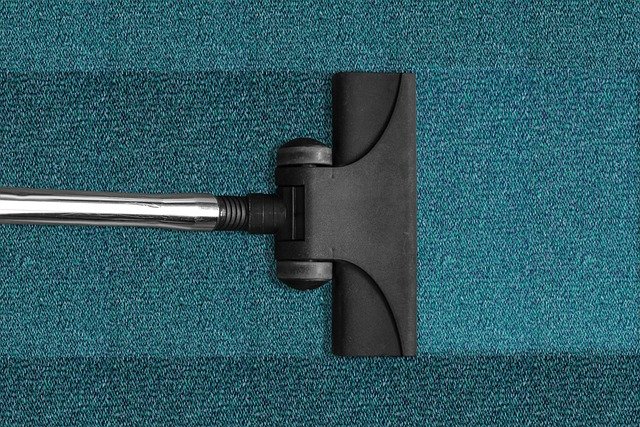Pioneering the Industrial Landscape: The Ascendancy of Additive Manufacturing
Additive manufacturing, commonly known as 3D printing, is not a new phenomenon. Its origins can be traced back to the 1980s, but it is only in recent years that it has begun to disrupt traditional manufacturing processes. This article will explore the meteoric rise of additive manufacturing, its impact on the industrial landscape, and the exciting opportunities it presents for businesses.

A Brief History of Additive Manufacturing
Contrary to popular belief, additive manufacturing has not emerged overnight. Its roots lie in the 1980s with the development of stereolithography, a process that uses ultraviolet lasers to solidify photopolymer, creating 3D parts layer by layer. Since then, the technology has evolved significantly, with advancements in materials, software, and hardware propelling it to the forefront of industrial innovation.
The Current State of Additive Manufacturing
Today, additive manufacturing is gaining traction across various industries, from aerospace and automotive to healthcare and consumer goods. It offers the flexibility to create complex designs, streamline production processes, and reduce waste, making it an attractive proposition for businesses. According to a report by SmarTech Analysis, the additive manufacturing market is expected to reach $35.6 billion by 2024.
The Impact of Additive Manufacturing on Business
Additive manufacturing is transforming traditional production models. It allows companies to move towards a more decentralized production approach, where products can be manufactured at or near the point of use. This shift not only reduces shipping costs and lead times but also enables companies to respond quickly to market changes.
The Challenges and Opportunities
Despite its potential, additive manufacturing is not without its challenges. Companies often face hurdles in terms of cost, material limitations, and a lack of skilled workers. However, with continuous research and development, these barriers are gradually being overcome.
Practical Insights: Navigating the Additive Manufacturing Landscape
- Understand Your Needs: Before implementing additive manufacturing, understand your operational needs and assess whether the technology aligns with your business objectives.
- Invest in Training: Ensure your workforce is equipped with the necessary skills to handle the technology.
- Collaborate with Experts: Partner with additive manufacturing experts to leverage their knowledge and resources.
In conclusion, while additive manufacturing may not replace traditional manufacturing methods entirely, it is poised to revolutionize the industrial landscape. Its ability to simplify complex processes, reduce waste, and offer unprecedented design flexibility presents a compelling case for businesses. As with any technology, its successful adoption lies in understanding its potential and leveraging it to its fullest. The industrial sector stands on the brink of a new era, and additive manufacturing is leading the charge.




